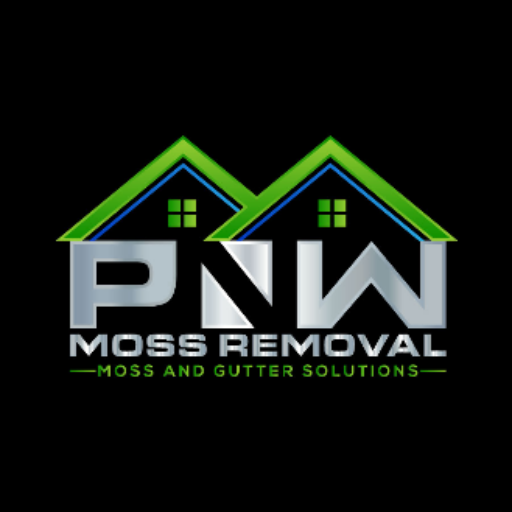
Moss vs. Algae: What’s Really Growing on Your Roof
If you’ve noticed green or black streaks on your roof, you’re not alone — in the damp climate of the Pacific Northwest, both moss and algae thrive on rooftops. While they may look similar at first glance, moss and algae affect your roof very differently. Understanding what’s growing on your roof is key to protecting your home, preserving your roof’s lifespan, and avoiding costly repairs.
Moss: The Roof Invader
Moss is a small, spongy plant that attaches itself to shingles and roof surfaces. It thrives in shaded, moist areas where water tends to collect. Over time, moss can:
- Lift and curl shingles, allowing water to seep underneath.
- Retain moisture that promotes rot in roof decking.
- Cause gutters to clog and trap debris.
Moss growth may seem harmless at first, but left untreated, it can lead to serious structural damage and shorten your roof’s lifespan.
Algae: The Streaky Stainer
Algae, often called “black streaks” on roofs, is a type of microorganism that feeds on the limestone in asphalt shingles. Unlike moss, algae doesn’t lift shingles or cause immediate structural damage. However, it can:
- Stain the roof, making it look dirty and worn.
- Accelerate shingle deterioration over time.
- Lower curb appeal, which can impact home value.
Algae growth is usually cosmetic, but it can still affect the appearance and long-term health of your roof if ignored.
How to Tell the Difference
Here’s a quick way to identify what’s growing on your roof:
- Moss: Thick, fuzzy, green patches that stand up from the shingles. Usually found in shady or damp areas.
- Algae: Dark black, gray, or green streaks that lie flat against the shingles. Often follows the water flow down your roof.
Knowing the difference helps you choose the right cleaning method — moss usually requires soft washing and removal, while algae can often be treated with specialized roof cleaners.
Why Professional Cleaning Matters
While DIY methods may seem tempting, removing moss and algae incorrectly can cause damage:
- Scraping moss off can lift shingles.
- Harsh chemicals can harm plants or surrounding landscaping.
- High-pressure washing can strip granules and damage shingles.
A professional roof cleaning service will use safe, effective methods to remove moss and algae, protect your roof, and prevent future growth.
Prevent Future Growth
- Trim overhanging tree branches to reduce shade and moisture.
- Keep gutters clean to prevent water backup.
- Schedule regular roof inspections and cleaning, especially in the wet PNW climate.
Bottom Line: Whether it’s moss or algae, growth on your roof isn’t just unsightly — it can reduce your home’s value and longevity. Proper identification and professional cleaning are key to protecting your investment.
